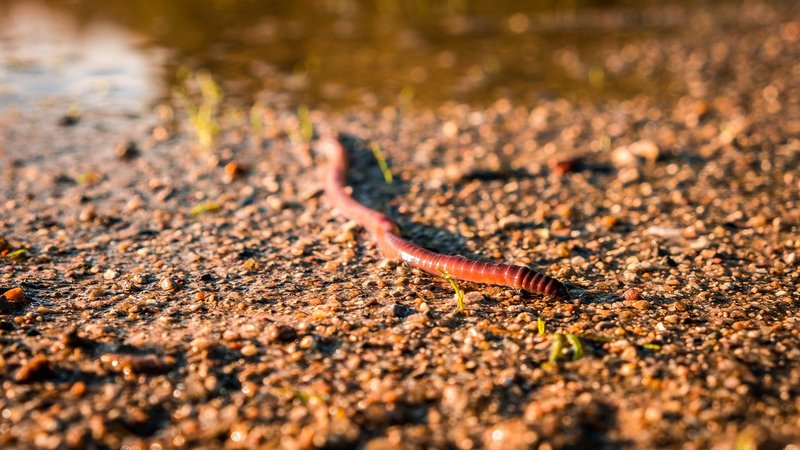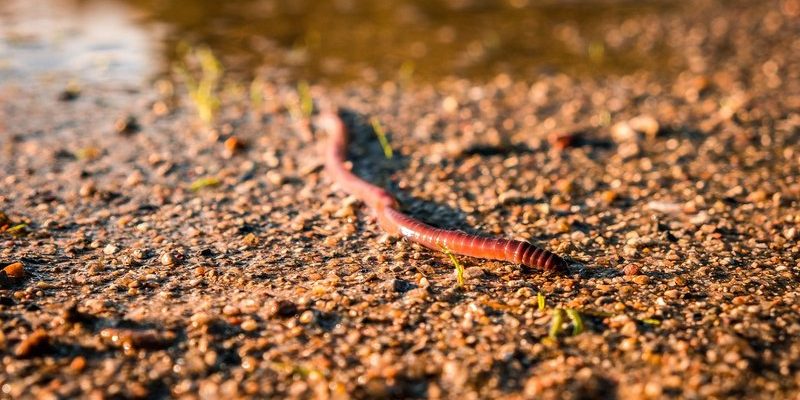
The journey of composting with worm bin worms is like hosting a bustling little party where each worm has its specific role. Some are great at breaking down tough materials, while others speed up the process of producing worm castings, those black gold-like nuggets of compost. But just like different types of hosts, these worms have their own *ranges and distributions* around the globe, which can be fascinating to explore! So let’s dive into the world of worm bin worms and learn about where they come from and why it all matters.
Understanding Worm Bin Worms
Worm bin worms, often referred to as composting worms, are primarily types of earthworms that are particularly good at breaking down organic material. There are a few key players in the worm world that are favorites among compost enthusiasts. The most common types include the *Red Wiggler* (Eisenia fetida), *European Nightcrawler* (Eisenia hortensis), and the *Tropical Nightcrawler* (Perionyx excavatus). Each of these worms has its strengths and preferences, making them perfect for various environments and composting setups.
You might be wondering why these specific species are so popular for worm bins. It’s simple: they eat a lot of organic waste, reproduce quickly, and thrive in controlled environments. Red Wigglers, for example, are champions when it comes to munching through kitchen scraps. They’re infamous for their appetite, which can turn your organic waste into compost in just a few months. Meanwhile, European Nightcrawlers can thrive in cooler climates and are preferred for outdoor worm bins.
Global Distribution of Worm Bin Worms
Worm bin worms aren’t just confined to your backyard; they can be found across the globe, each thriving in different climates and environments. The *Red Wiggler*, for example, is native to North America but has become widespread due to its popularity in composting. These little guys are now found in gardens and farms around the world, from urban rooftops to rural homesteads.
On the other hand, the *European Nightcrawler* hails from Europe but has made its way to the Americas and beyond. This adaptability makes it a favorite for vermicomposting enthusiasts in various regions. The *Tropical Nightcrawler* prefers warmer climates and is often found in tropical and subtropical regions. Knowing where these worms come from can give you insight into their needs and how to care for them properly.
Why Range and Distribution Matter
Understanding the range and distribution of worm bin worms is crucial if you want to create the best composting environment. Different species have unique needs, and knowing where they naturally thrive can help you replicate those conditions. For instance, if you’re in a cooler climate, it makes sense to choose European Nightcrawlers rather than tropical species that may struggle to survive.
Additionally, the local ecosystem plays a role in how well these worms will adapt to your worm bin. Native worms may perform better in your composting setup than non-native species, which might not be as comfortable or effective in processing waste. So, if you want to create a successful worm bin, it’s important to think about *who* you’re inviting to your composting party.
Creating the Right Environment for Your Worms
Now that you understand the different types of worms and their global distribution, let’s talk about how to create the best environment for them. Worm bin worms thrive in a moist, dark, and well-aerated environment. Think about their natural habitat: rich soil filled with organic matter. You can mimic this by providing bedding made from shredded newspaper or cardboard, along with a mixture of kitchen scraps and garden waste.
Here are some key tips for setting up your worm bin:
- Bedding: Start with about 4–6 inches of moistened bedding to keep worms cozy.
- Food: Feed them kitchen scraps like fruit peels, vegetable scraps, and coffee grounds—just avoid meat and dairy!
- Moisture: Keep the bedding damp but not soggy. Think of a wrung-out sponge—moist enough but not dripping.
- Aeration: Make sure to turn the bedding occasionally to keep air flowing through the bin.
With these tips, your worms will be happy and thriving, turning waste into valuable compost in no time!
Common Problems and Solutions in Worm Bin Management
Even the best-laid plans can run into issues. Worm bin management comes with challenges, but most can be solved with a little attention. One common problem is overfeeding, which can lead to a smelly bin. If your bin starts to smell like rotten food, it might be time to cut back on scraps and let your worms catch up!
Another issue might be the bin being too wet. If you notice excess liquid, it’s crucial to add more dry bedding or consider feeding less. Remember, worms breathe through their skin, and they need the right moisture level to thrive.
If you’re dealing with pests like fruit flies, a simple fix can be to cover the food scraps with bedding to deter them. Consistent monitoring is key. By being observant and making small adjustments, you can keep your worm bin functioning smoothly.
The Future of Vermicomposting
As awareness about sustainable practices grows, so does the interest in vermicomposting. This method not only helps reduce waste but also enhances soil health. With so many benefits, the future looks bright for worm bin worms and those who care for them.
Innovations in composting technology might also lead to new ways to optimize worm health and productivity. Imagine smart bins that monitor moisture and temperature, ensuring your worms are always in their happy zone! As we learn more about these incredible creatures, we can refine our methods to improve composting efficiency and nutrient delivery to our gardens.
Worm bin worms are more than just little squiggly creatures; they’re vital workers in the cycle of composting and waste management. By understanding their documented range and distribution, you can make informed choices about which species to invite into your worm bin. Creating a thriving environment for these worms not only benefits your garden but also contributes to a more sustainable world.
So, whether you’re new to worm composting or a seasoned pro, remember that every worm has its role to play. With the right care and knowledge, you can enjoy the fruits of their labor—rich, organic compost for your plants. Happy composting!

